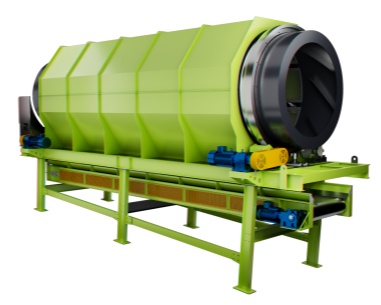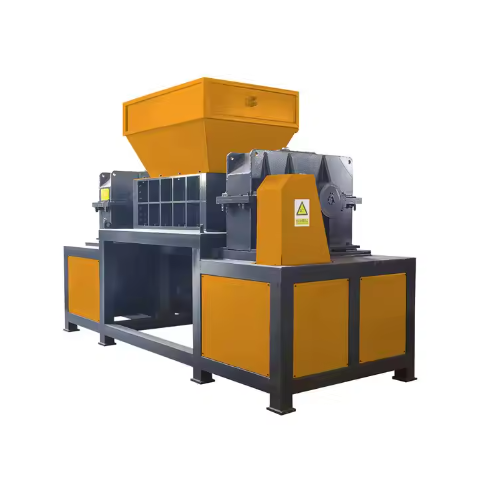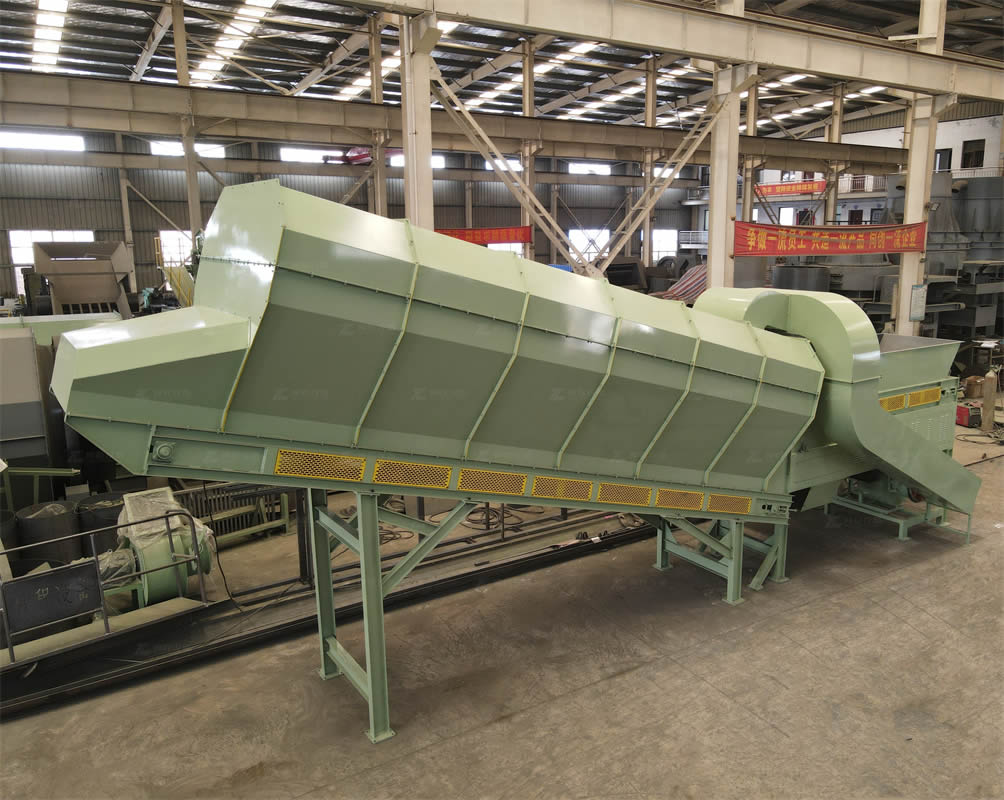How to deal with C&D waste
Managing Construction Waste: Strategies for Sustainable Building Practices
Understanding Construction Waste
Construction waste comprises a variety of materials, including concrete, bricks, wood, metals, glass, and plastics. The composition varies depending on the type of construction project, but often includes a mix of reusable, recyclable, and non-recyclable materials.
The Impact of Construction Waste
The environmental impact of construction waste is substantial, contributing to land degradation, water pollution, and greenhouse gas emissions. Landfills, where much of this waste ends up, are rapidly reaching capacity in many regions, leading to increased disposal costs and environmental concerns.
Strategies for Managing Construction Waste
Several strategies can help mitigate the environmental impact of construction waste:
- Waste Minimization: Designing buildings to minimize waste generation during construction and demolition stages. This can involve using prefabricated components, modular design, and lean construction practices.
- Reuse and Recycling: Implementing systems for the reuse and recycling of construction materials. For example, concrete and asphalt can be crushed and reused as aggregate, while wood and metals can be repurposed in new projects.
- On-Site Processing: Processing waste materials on-site to reduce transportation costs and environmental impacts. This can include on-site crushing, sorting, and compacting facilities.
- Sustainable Material Selection: Choosing sustainable materials that have lower environmental footprints, such as recycled content, locally sourced products, and those with high durability.
Technologies and Tools
Several technologies and tools support the effective management of construction waste:
- Demolition Planning Software: Software tools that assist in planning demolition projects to maximize material recovery and minimize waste.
- Waste Management Systems: Comprehensive software solutions for tracking, sorting, and managing construction waste, including real-time monitoring and reporting.
- Sorting Technologies: Advanced sorting technologies, such as robotic sorters and artificial intelligence-driven systems, that can accurately separate materials based on their properties.
- Mobile Crushing Plants: Portable plants that can crush and screen materials on-site, reducing the need for long-distance transportation.
Challenges and Opportunities
Despite the benefits, there are challenges to implementing sustainable construction waste management practices, including:
- Cost: The initial investment in technology and infrastructure can be high.
- Regulations: Inconsistent regulations across regions can complicate waste management efforts.
- Awareness: Lack of awareness among stakeholders regarding the benefits of sustainable waste management practices.
However, there are also significant opportunities:
- Economic Benefits: Increased material recovery can lead to cost savings and revenue generation.
- Environmental Impact: Reducing waste contributes to a healthier planet and improved public perception.
- Innovation: Advances in technology offer new solutions for more efficient and sustainable waste management.
-
 Trommel screenTrommel screen, also known as drum screens, are widely used in various industries for sorting and separating materials.Get Quote
Trommel screenTrommel screen, also known as drum screens, are widely used in various industries for sorting and separating materials.Get Quote -
 Crop straw double shaft shreddApplications:Biomass Energy Production: Shredded straw can be used as a feedstock for bioenergy plants to produce electricity or heat.Livestock Feed: Reduced-si...Get Quote
Crop straw double shaft shreddApplications:Biomass Energy Production: Shredded straw can be used as a feedstock for bioenergy plants to produce electricity or heat.Livestock Feed: Reduced-si...Get Quote -
 Zhongcheng Air Drum SeparatorAir drum separators effectively separate lightweight materials (e.g., plastics, paper) from heavier materials (e.g., metals, glass). This high efficiency is cru...Get Quote
Zhongcheng Air Drum SeparatorAir drum separators effectively separate lightweight materials (e.g., plastics, paper) from heavier materials (e.g., metals, glass). This high efficiency is cru...Get Quote
-
2023-01-12Horizontal Semi-Auto Hydraulic BalerSemi automatic balers are used across the logistics, recycling and manufacturing sectors to process large volumes of waste materials such as cardboard, film, pa...
-
2023-01-18RDF Making MachineRDF (Refuse Derived Fuel) making machine is a specialized equipment used in waste management and energy recovery processes. Its primary function is to convert v...
-
2024-05-28Garbage screening drum screenTrommel screen is consisting of five parts: drum, frame, hopper, reducer and motor.After the material goes into the drum, it is screened along with the rotation...
-
2024-06-09Drum Screen RecyclingDrum screen machines are primarily used for material screening, helping to sort and recycle municipal solid waste and screen landfill waste. Their efficiency an...
-
2024-07-16Drum screen garbage processing machine for msw recyclingManaging municipal solid waste (MSW) efficiently is crucial for urban areas. Drum screen garbage processing machines are a game-changer in this field. They ensu...



